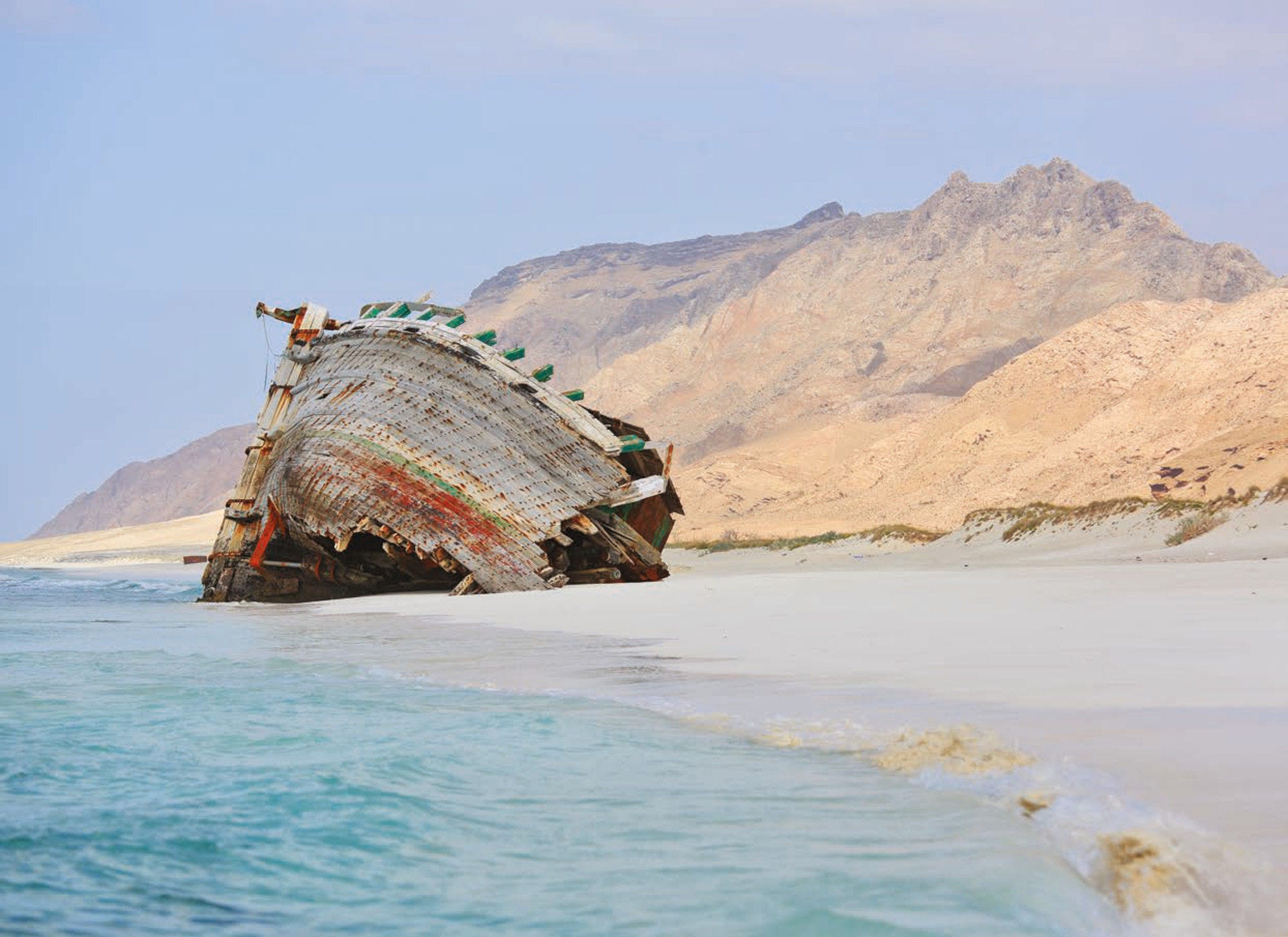To contribute to the existing pool of evidence on the dynamic interplay between illicit trade and armed conflicts, this paper looks at illicit trade flows in four separate conflict-affected countries in the MENA region: Iraq, Libya, Syria and Yemen. All these countries have been reported to a varying degrees in the context of illicit trade flows.
The choice of Middle East – North Africa region is driven by several motives:
First, thanks to its location, this region in an important transit point for international trade. Most of the trade from Asian Far East to the EU passes through the Middle East, specifically the Suez Canal. The importance of this trade artery was highlighted in early 2021, when a blockage to the Suez Canal caused significant disruptions to supply chains in the EU.
Second, several countries in this region, such as Iraq, Libya, Syria and Yemen suffer from long lasting internal armed conflicts. While an armed conflict is usually disruptive for an economic activity, it is often the opposite for illicit trade, with the collapse of centralised regulatory and legal frameworks presenting a huge opportunity for illicit networks. As noted above, parties engaged in conflicts might be interested in driving illicit trade, or at least allowing it or ignoring it.
Lastly, several countries in the MENA region have well developed trade infrastructure, including vibrant free trade zones, as well as being a central global hub for hydrocarbon production and export. Consequently, this region has become an increasingly important transit point for trade in general. The combination of significant high value trade, with endemic conflict across much of the region, is itself a major driver of illicit trade networks.
This report also makes a deep dive into the historical and current context in Yemen, whose illicit trade dynamics are complex, multi-layered, and heavily integrated into regional and global networks. These dynamics are not new, with Yemen being a source, destination, and transfer location for a range of illicit activities throughout the 20th century. Weak state institutions and an economy dominated by a patronage system both interlinked, and subversive of state institutions has exacerbated this, with much of it dominated by a small group of elite families, and many aspects of illicit trade often run by state adjacent or incorporated groups such as the military.
In 2014, Yemen was ranked by Transparency International’s Corruption Perception Index, which measures perceived levels of public sector corruption at 161 out of 175 countries and territories. These dynamics have continued and expanded during the course of the conflict, largely due to the breakdown of state control because of the ongoing civil war, and the loss of significant territory since 2014 by the Internationally Recognized Government (IRG) to the Houthi movement, otherwise known as Ansarallah. The conflict has also led to other, previously less present illicit dynamics, such as the trade in antiquities or protected wildlife. Other regional and global developments have in turn exacerbated these dynamics, such as an increase in outward migration flows from the Horn of Africa, seeking refuge and livelihoods in the oil producing nations of the Arabian Peninsula, and driven by conflict, environmental, and economic instability in east Africa.
To re-iterate, this report presents qualitative and quantitative evidence on trends in illicit trade in conflict-affected countries: Yemen, Libya, Syria, and Iraq, with a particular focus on Yemen. For each country, a brief political and conflict background will be supplemented with an overview of major illicit trade trends, both historical and current. In addition, for each country a data extract based on the OECD dataset on counterfeits good seizures (Box 1.2) is presented. Such extract shows the scale and magnitude of illicit trade in counterfeits passing thought the analysed country.
